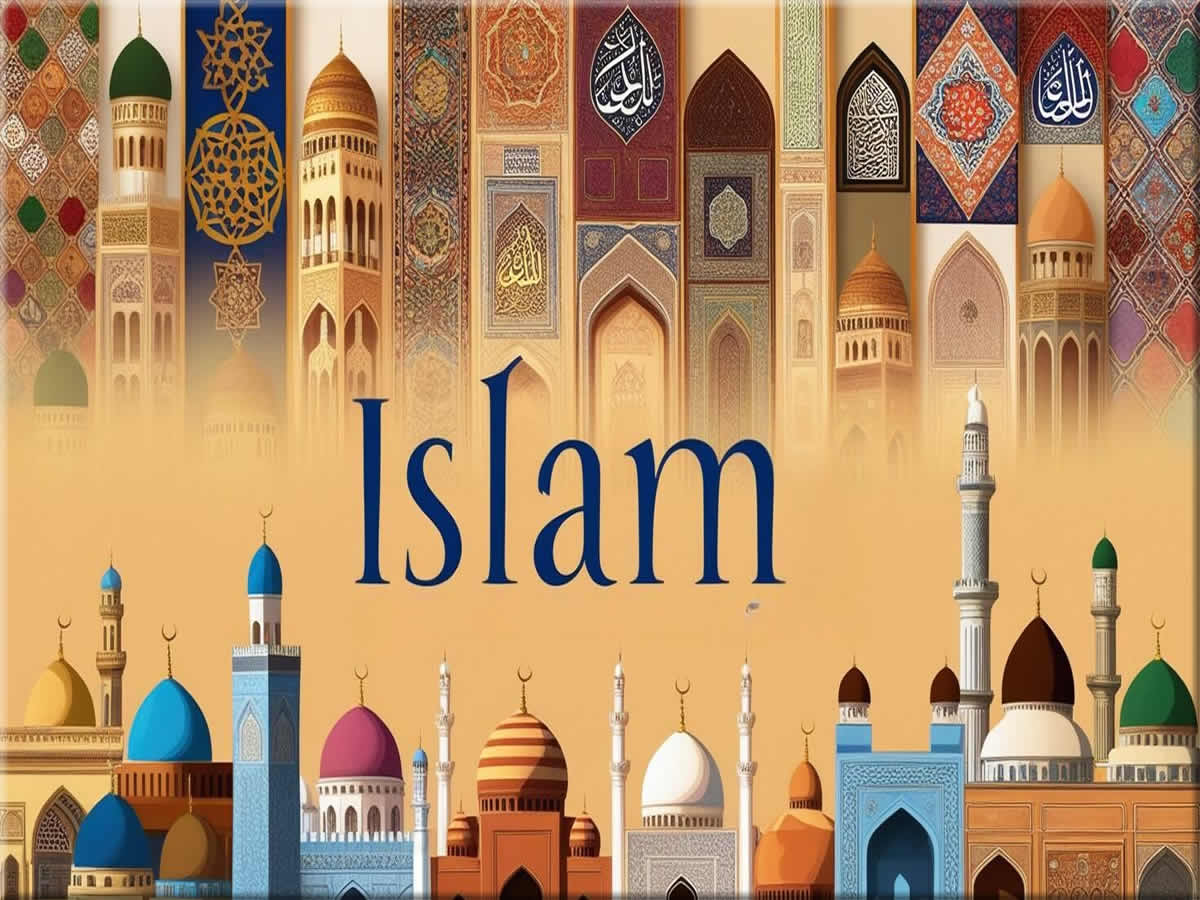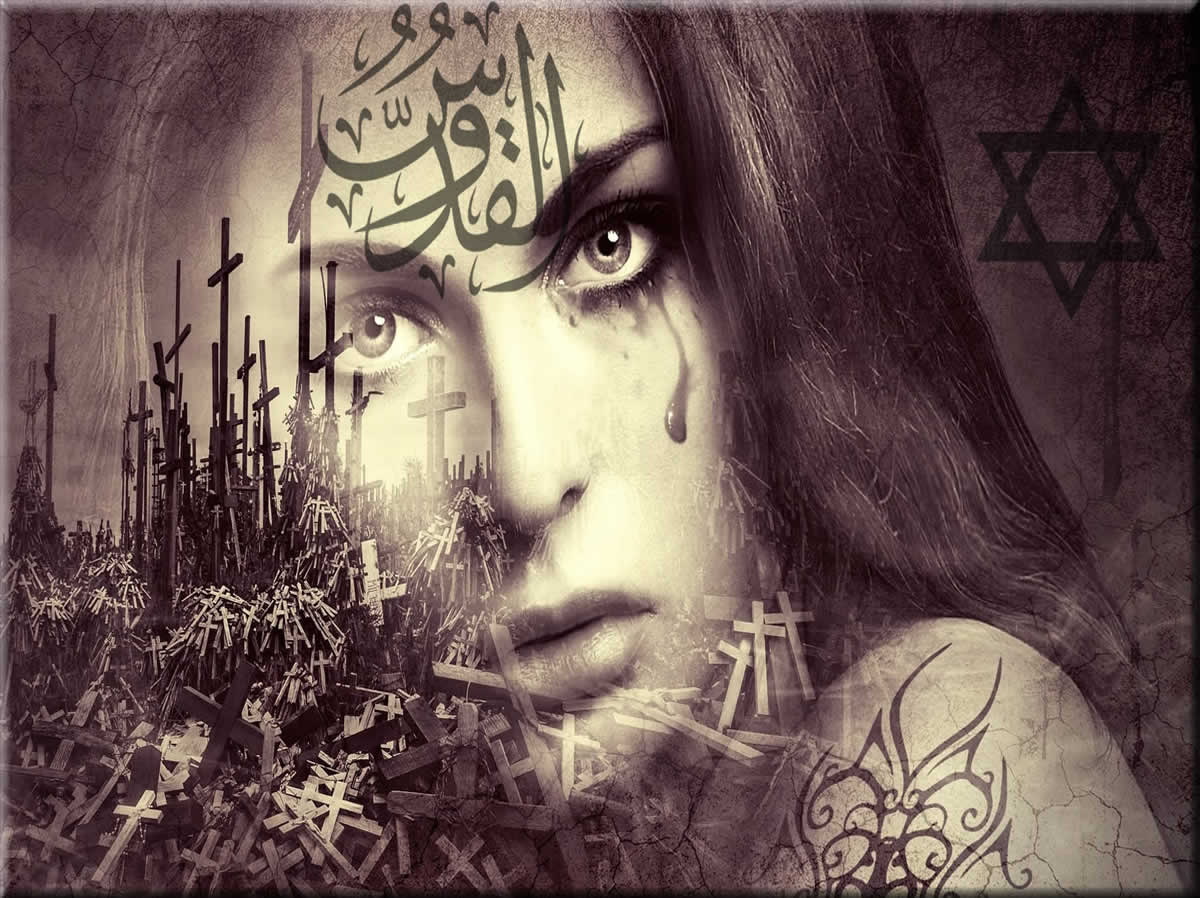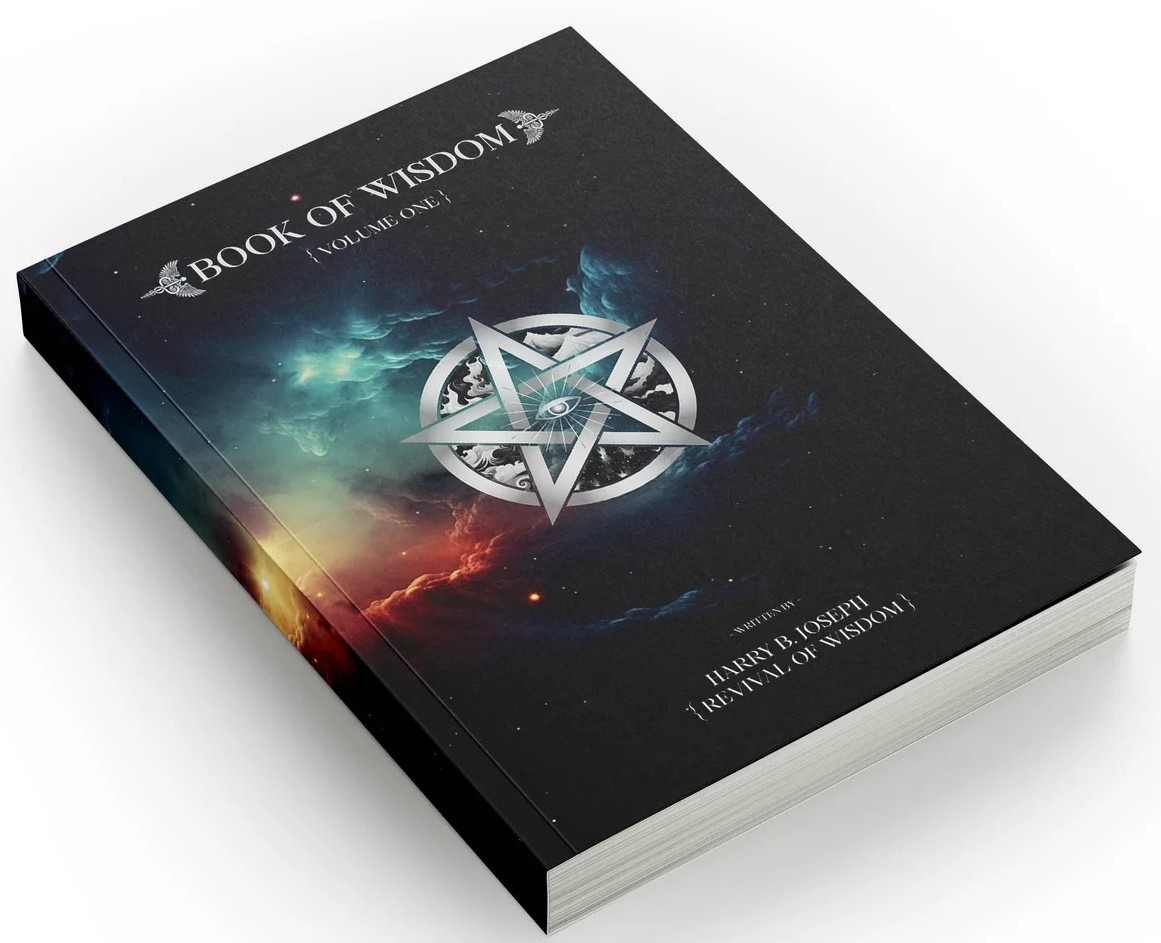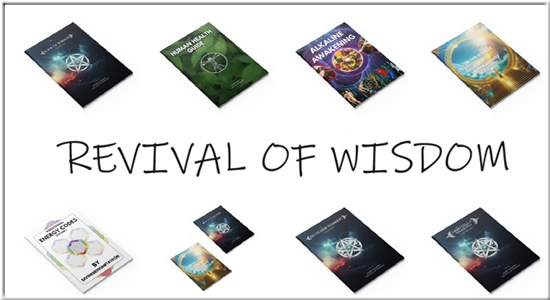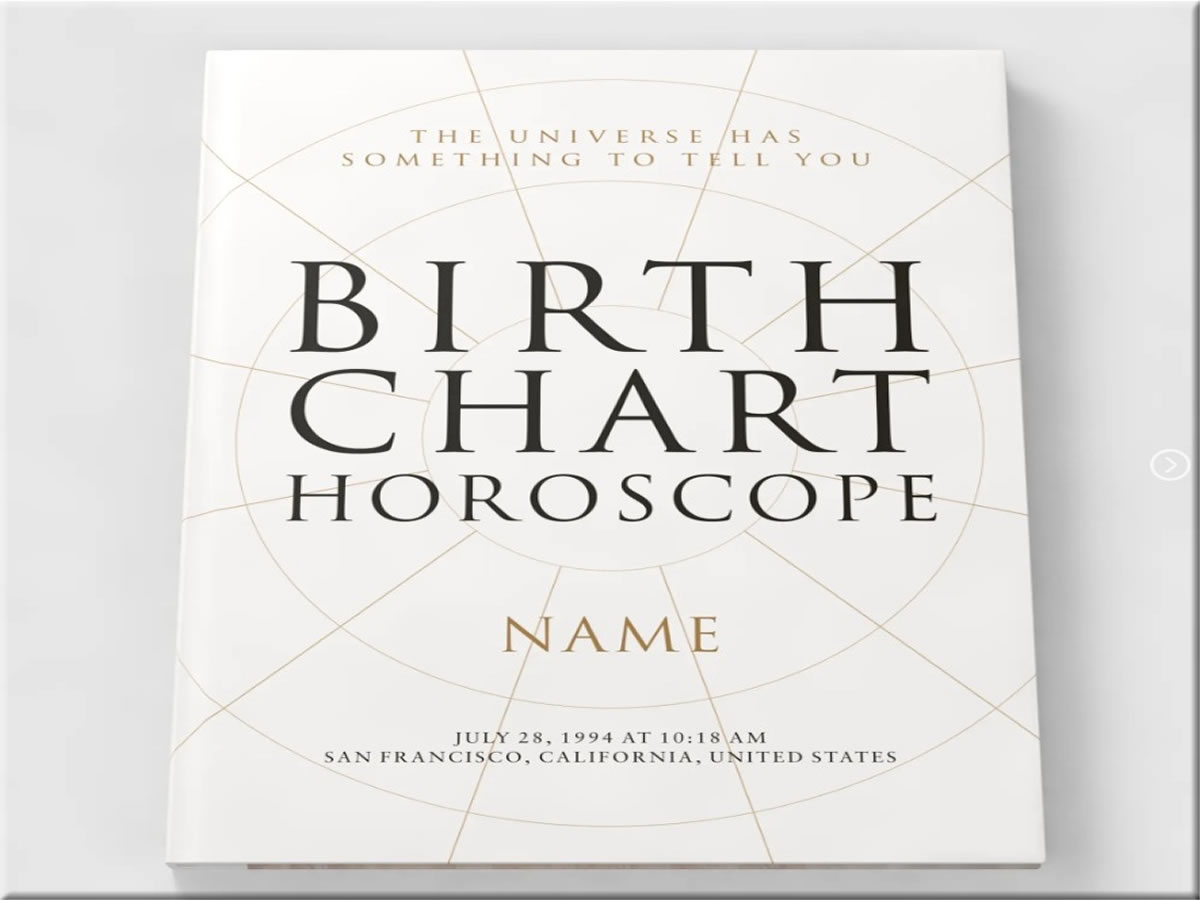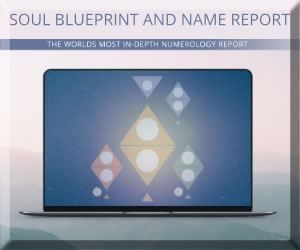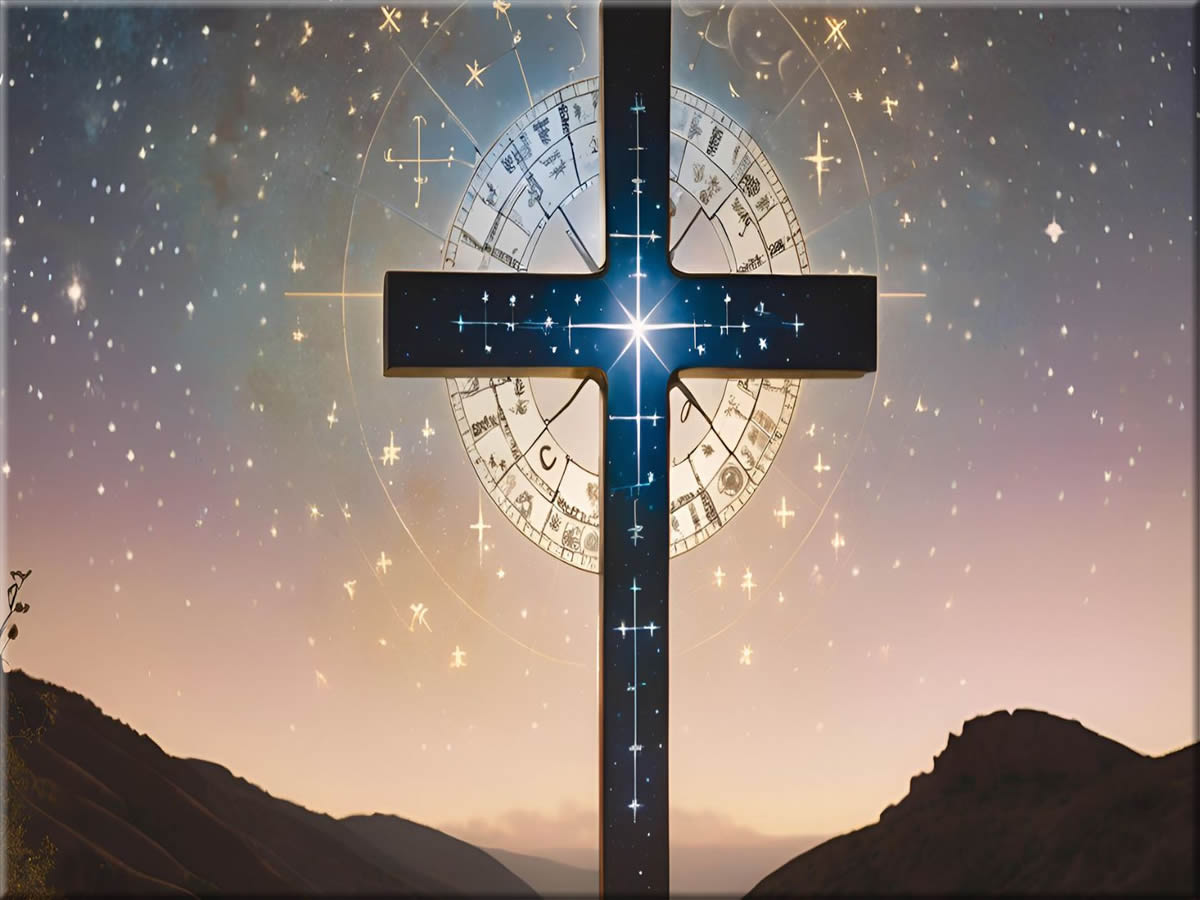
Christianity: The Plagiarised Religion
Exploring Christianity’s roots involves diving into a rich tapestry of ancient traditions and myths. Although Christianity is often seen through a lens of spiritual purity, it shows signs of adaptation and incorporation from various ancient religions. In this article, I will discuss why many scholars consider Christianity to be a plagiarized religion.
Significant influences reportedly stem from Judaism, which initially drew inspiration from ancient Sumerian and Egyptian mythologies. Religious and cultural exchange in ancient times shaped Christianity, which did not emerge in isolation. By examining these influences, we can gain a deeper understanding of how Christian stories and symbols may have evolved.
One central point of interest is the borrowing of mythological themes. For instance, the concept of a dying and resurrecting deity is reflected in stories about Egyptian gods like Osiris and the Greek god Dionysus. These ancient narratives also included elements of virgin birth and significant rebirth, remarkably similar to the story of Jesus Christ.
Check out more videos on our YouTube channel
Moreover, astrology plays a crucial role in understanding these connections. Historical analysis reveals fascinating similarities, for instance, the link between Jesus’s birth and December 25th, a date steeped in astrological meaning. This overlaps with the winter solstice, a time revered in many ancient cultures for its symbolism of renewal and rebirth. This blending of astrology and theology highlights the shared themes across cultures.
By examining these myths, we can see how stories of divine providence were adapted from celestial events to form the basis of a plagiarized religion like Christianity.
Jesus Christ: Mythology, Astrology, and Iconography
The figure of Jesus Christ, central to Christianity, shows a fascinating blend of mythology and astrology. His narrative, iconography, and the astrological lore interwoven into his story illustrate a more profound, perhaps unifying, cultural tapestry that connects ancient beliefs to Christian tradition.
Various Mediterranean deities seem to have left their imprint on Jesus’s image. Icons we commonly associate with him today can be paralleled in figures such as Horus, Hermes, Asclepius, and Serapis—figures renowned for attributes of healing, guidance, and life beyond death. This suggests that early Christians might have drawn on these familiar symbols to communicate their new faith in ways already meaningful to people of the era.
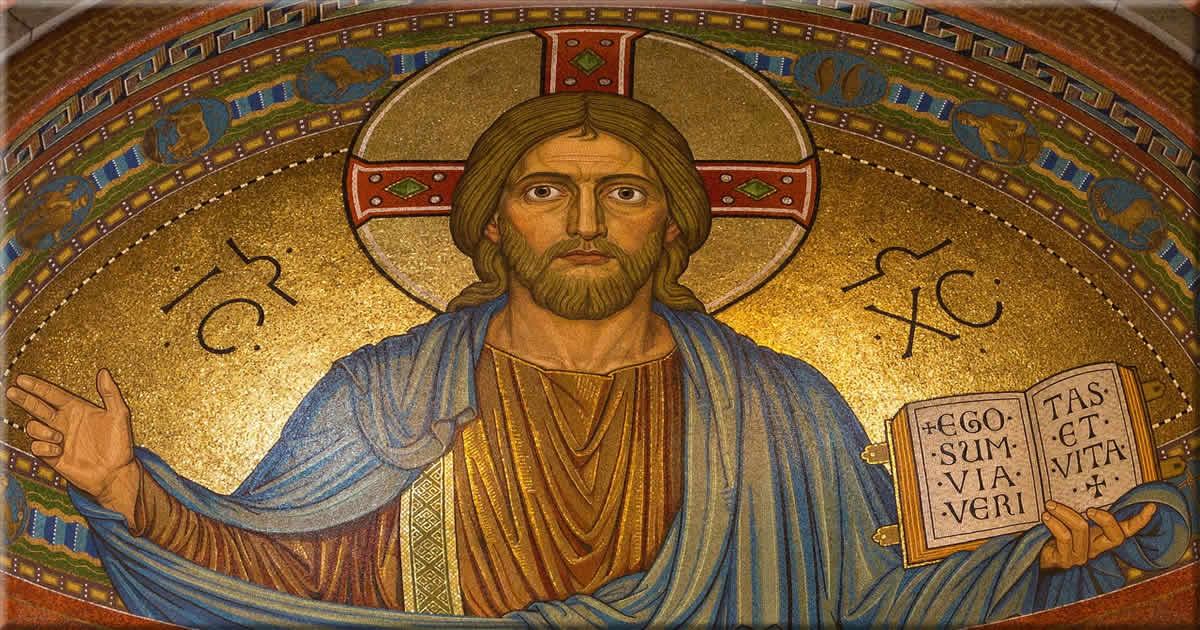
While not historically precise, the celebration of Jesus’s birth on December 25th aligns remarkably with ancient tales of rebirth. This date coincides with celebrations of the Roman sun god, Sol Invictus, and other gods across cultures, symbolizing a period marked by renewal and the return of light after the darkest days. Long before the advent of monotheistic religions, many cultures worldwide worshiped the Sun, recognizing it as the primary source of life and energy for all living beings on Earth.
Mirroring these celestial events, the narrative of the three wise men following a star to Bethlehem also carries astrological resonance. Known in ancient times as the “Three Kings,” who actually represent three stars from Orion’s belt. Furthermore, if you closely examine the old picture of Jesus above, you’ll notice that the astrological zodiac signs are depicted behind him.
Understanding these astrological underpinnings provides a fresh perspective on traditional Christian narratives. For those exploring the roots of religious traditions, considering these links offers a broader view of Christianity as a religion that has been plagiarized and fused with intricate celestial and mythological lore.
Astrology’s Influence on Christian Symbolism
Astrology’s footprint in Christian symbolism is both profound and thought-provoking. The familiar symbol of the cross, which represents the crucifixion and resurrection of Jesus, might also connect with celestial events. Observers associate it with the Southern Cross, where significant astrological phenomena occur at the winter solstice.
Jesus’s resurrection story parallels these celestial patterns, creating a narrative that circles back to the renewal and rebirth symbolism attributed to the sun’s movements. During the solstice, the sun halts for three days before beginning its journey back north, a pattern mirrored in the tale of Jesus rising after three days. This intertwined explanation adds a cosmic layer to Christian storytelling, portraying spiritual events alongside universal cycles.
The Book of Symbolism is more than a guide to ancient signs; it is a journey into your own consciousness. Every chapter is a step on a journey that will elevate your mind and spirit.
After reading this book, nothing will be the same again.
Moreover, we’re guided further by considering the concept of the cardinal cross in astrology. This symbolic cross, marking the four cardinal points—Aries, Cancer, Libra, and Capricorn—reflects the same cyclical and transformative messages in the Christian resurrection story. Associations with Capricorn during the winter solstice could serve as an astrological analogy to spiritual rebirth, as seen in the events following Jesus’s death.
The number 12 appears across various cultures and astrological beliefs, recurring in Christian texts, where the 12 disciples mirror the 12 zodiac signs, hours, and months. These parallels underscore the likelihood of shared symbolic values, deepening understanding of religious scripts. Exploring these symbols helps us appreciate the historical layers and integrative cultural aspects, ensuring that the spiritual meanings resonate over time.
By examining Christianity through an astrological lens, we understand how the founders used astrological knowledge and symbols to design the plagiarisms.
The Transformation of Early Christianity in the Roman Empire
Christianity began as an outgrowth of Judaism, using the holy scripture of the Old Testament as its basis. The early Church continued the Jewish literary tradition and incorporated what it considered inspired, authoritative religious books. However, the destruction of the Jerusalem Temple by the Romans in 70 CE deepened the division, leading to the separation of the Christian cult from Judaism and the creation of a New Testament.
The emergence of Christianity as a prominent force in the Roman Empire marked a significant cultural shift. Initially considered a small cult within the vast religious landscape of the Roman world, Christianity eventually rose to prominence, thanks mainly to the efforts and political maneuvering of Emperor Constantine the Great.

Constantine’s reign was pivotal in shaping Christianity’s future. Constantine bolstered his authority by embracing Christianity and unified various factions within his empire under a single religious framework. This strategic alignment provided political stability and laid the groundwork for Christianity to evolve into a significant religious institution across the empire.
Adopting Christianity as the empire’s state religion wasn’t merely a spiritual decision but a calculated political move. By positioning Christianity within the imperial cult, Constantine and his successors strengthened their rule by unifying people under a standard belief system, supporting the state’s ideological and social goals.
As Christianity spread, it shed some of its earlier qualities as a counterculture movement. It began to take on a more formal structure, mirroring the organizational depth of the Roman administration. This transition helped facilitate the widespread establishment of Christian churches and drew many more to the faith.
Understanding this transformative phase of Christianity offers valuable insights into how religions can morph through historical contexts driven by leadership and political influence. Observing these shifts in early Christianity reminds us of the complex interplay between faith and politics.
Historical Criticism of Christianity
This section contains some prominent historical criticisms of Christianity as a plagiarized, unscrupulous, and manipulative religion.
- Critics have been vocal about Christianity since its early days in the Roman Empire, pointing out tensions between Christian monotheism and entrenched Roman polytheistic traditions. These early critics perceived Christianity as a threat to centuries-old beliefs.
- Christian rituals and practices have historically been critiqued as superstitious. Critics argue that certain practices defy reason and logic, drawing attention from those who value a rational worldview over traditional rites.
- Debates over polytheism arise from within Christian teachings. The concept of the Trinity and the veneration of saints often puzzle and provoke those outside the faith, who see them as contradictory to monotheism.
- Sectarianism, the division and conflict within Christianity, tends to project a disunified image to outsiders. These divisions have often escalated into broader societal conflicts, thus sparking ongoing criticism.
- The Crusades and Inquisitions provide a significant historical flashpoint in which criticisms of Christianity’s aggressive expansion policies are palpable. Many have argued that a violent interpretation of religious duty drove these military campaigns while simultaneously accusing unbelievers of heresy, providing torture, punishment, and executions.
- Corruption within the Church has long been a criticism, dating back to the Papal States, where political power and religious influence intermingled. Fast-forward to the present, and the Church’s leadership is still under scrutiny for various allegations, often highlighting a recurring pattern of moral and ethical dilemmas.
- The Church’s stance and history regarding LGBTQ+ issues often bring forward the debate around homophobia and bigotry. Such criticisms are historical and present in modern discussions, challenging the Church to reflect and respond in today’s context.
- Historically, women’s rights within the Church have been a point of contention. Critics highlight restrictive roles and argue that these reflect a deeper systemic issue within the broader religious framework.
Modern Biblical Criticism
The Bible is a collection of religious texts or scriptures held to a certain degree to be sacred in Christianity and other Abrahamic religions. The Old Testament is said to have been started as far back as 1200 BC and is the original Hebrew Bible containing alleged scriptures, stories, and the ‘word of God’ from the Jewish faith. Christians allegedly wrote the New Testament in the first century AD.
Believers in the Bible generally consider it a product of divine inspiration. Still, their understanding of what that means and their interpretation of the text vary because the text is intricate and ambiguous. Today, it sounds more like a fairy tale with an inexplicable context. Could it be that the Bible isn’t actually the word of God? A group of wise men, perhaps with less than noble intentions, drew upon ancient traditions, stories, and lore from various cultures that existed before them. They may have taken these narratives, modified some details, and created a new collection of tales.
The Book of Wisdom is a must-have book for every free-thinker and truth-seeker. It offers a wealth of knowledge, encompassing both surface-level truths and deep, hidden insights from the esoteric realm.
Biblical criticism, especially higher criticism, emerged during the Enlightenment in the early 18th century. During this period, scholars dramatically shifted how they approached biblical texts, literature, and philosophy. Scholars began applying the same rigorous methods and perspectives to the Bible as to other ancient texts. Higher criticism focused on understanding the context, authorship, and original meaning of biblical documents, emphasizing reason and historical principles rather than revelation or faith.
This rational approach opened the door to ethical critiques of the Bible’s teachings, which sparked significant debate. Critics have pointed to teachings on slavery, genocide, killings, and patriarchy, as well as meanings of fictional biblical characters like the snake who talks and other creatures, questioning how these align with contemporary ethical standards and views.
Christianity Today: A Reflection on Religious Influence and Legacy
Christianity’s journey from a minor sect to a dominant global religion demonstrates its profound historical and cultural evolution. Reflecting on its place today, we see a religion that continues to wield considerable influence worldwide. As we consider the intricate historical threads that compose Christianity’s fabric, we find a religion deeply interwoven with human history, reflecting complex themes of faith, power, and cultural adaptation.
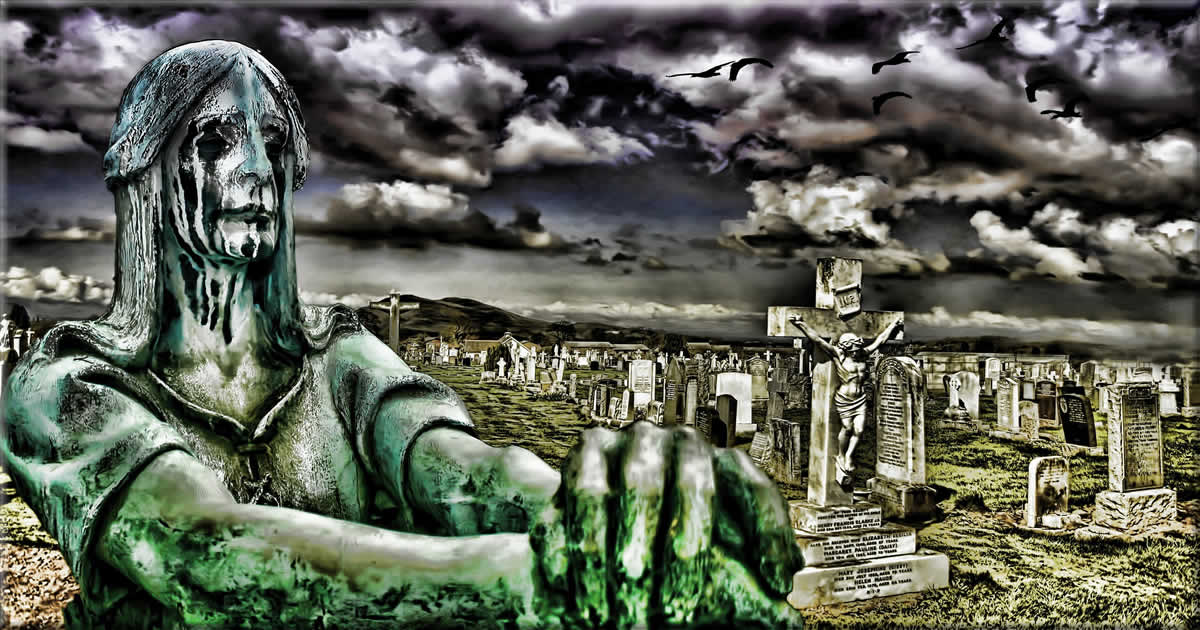
Beyond ecclesiastic influence, Christianity has also contributed significantly to art, philosophy, and ethics. Although fictional, the Bible is one of history’s best-selling books and remains a central text, offering spiritual and moral guidance to millions. The Roman Catholic Church is most deserving of this. It is a testament to Christianity’s reach and power, having grown into one of the world’s most enduring and influential religious institutions. Its doctrine, traditions, and authority have shaped beliefs and practices over centuries and impacted societies worldwide.
However, like any human institution, it has flaws and its fair share of historical controversies. During her full reign of terror, the Roman Catholic Church had caused the cruel death of at least 50 million people. This fact serves as a reminder of the dark side of the Catholic Church and the harm it caused by its false doctrines, which are rooted in a plagiarized interpretation of Christianity.
Related Topics

